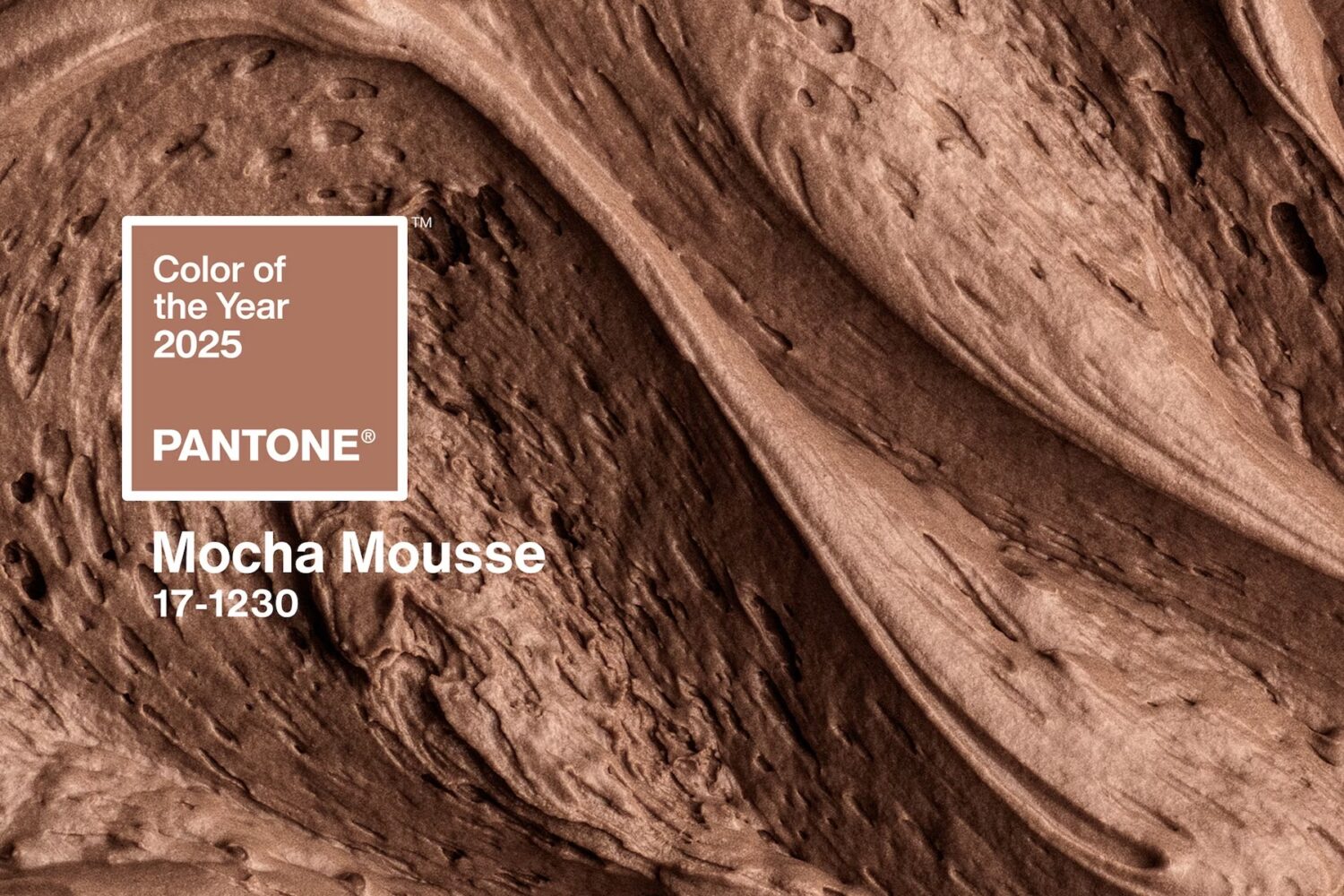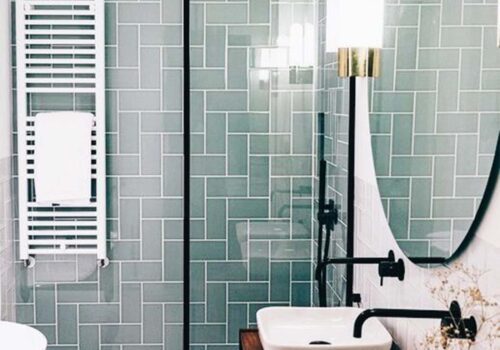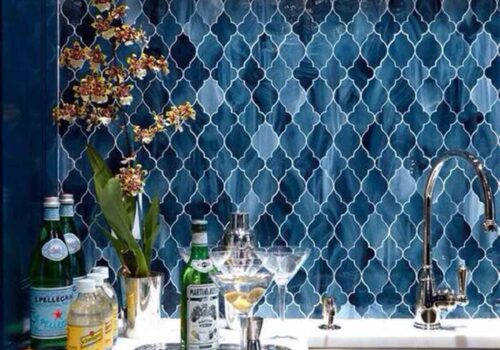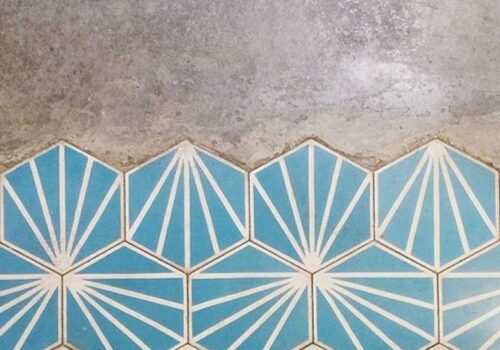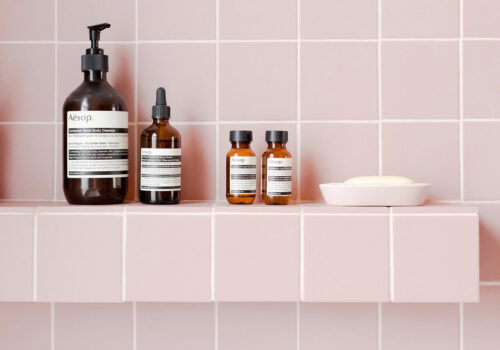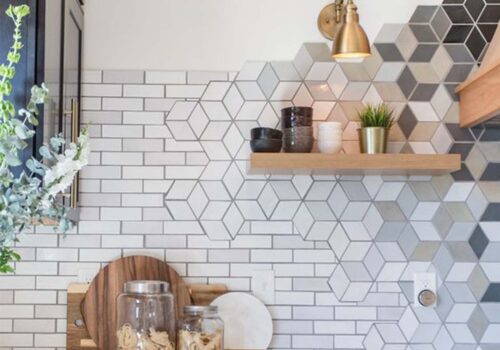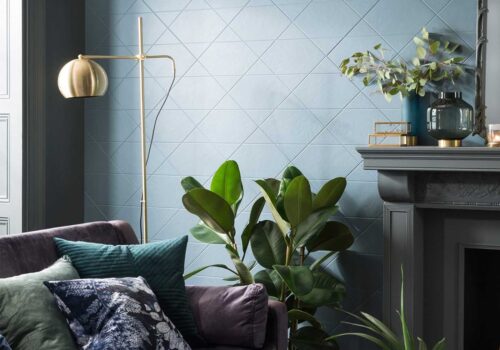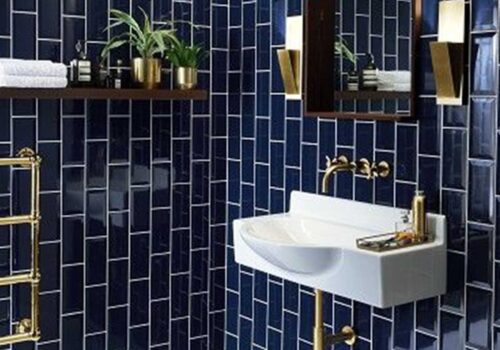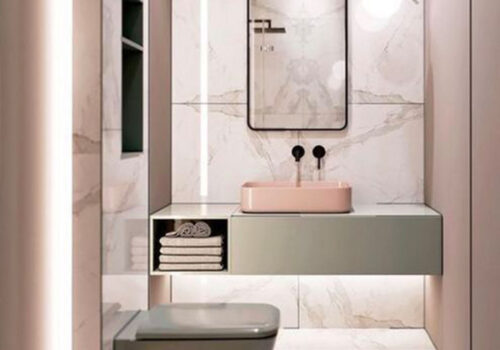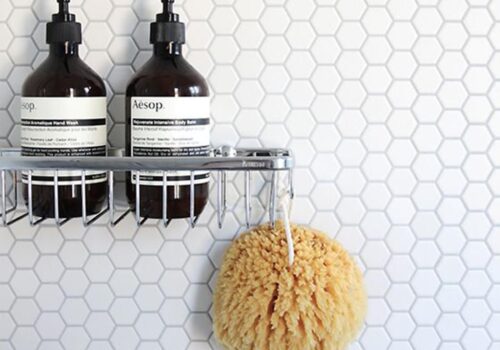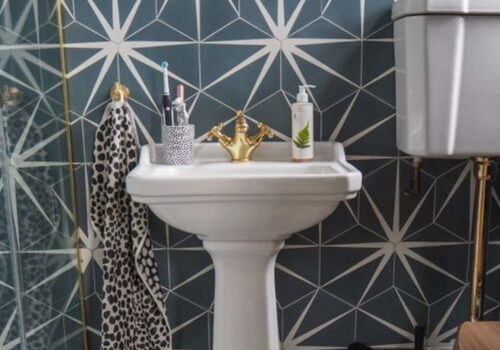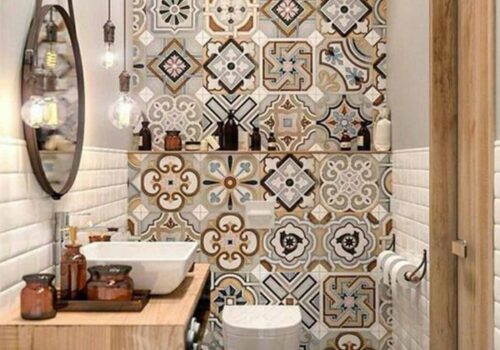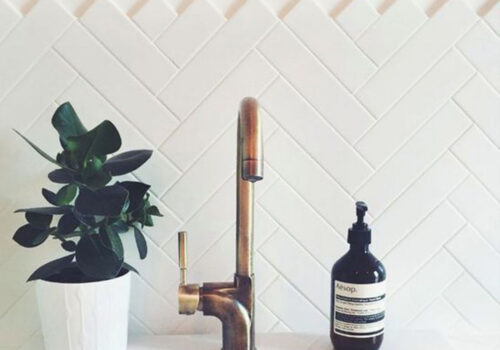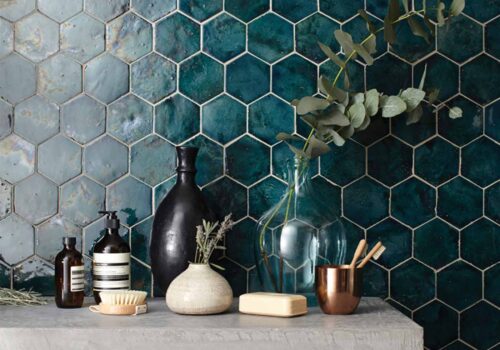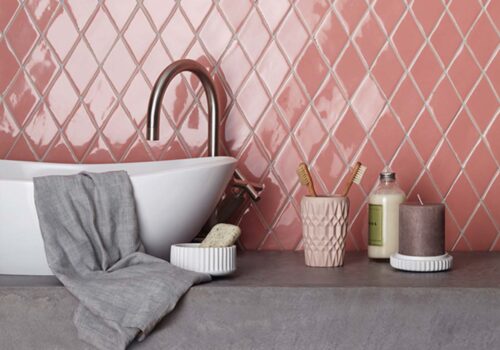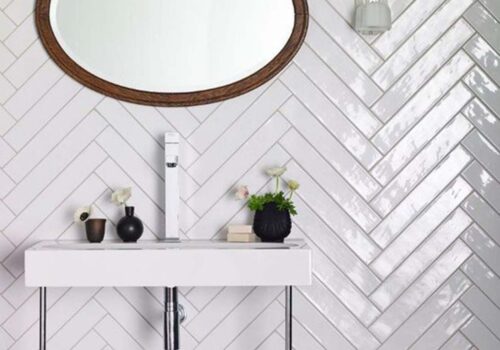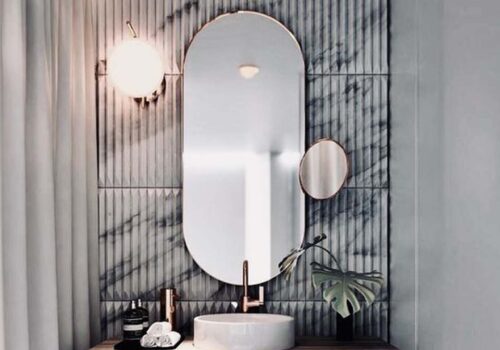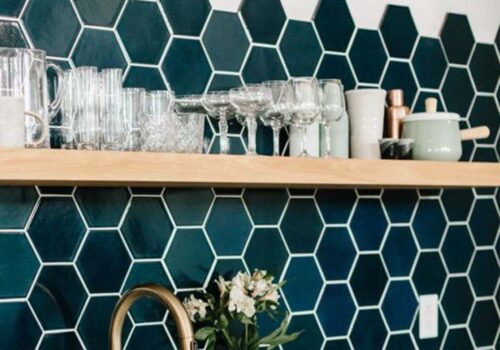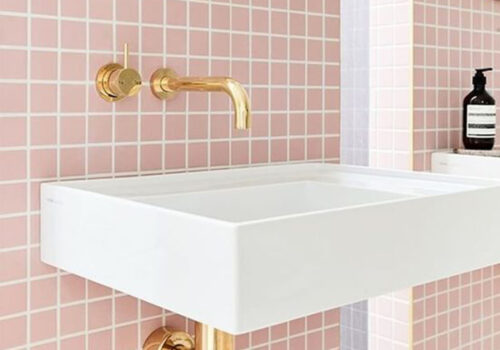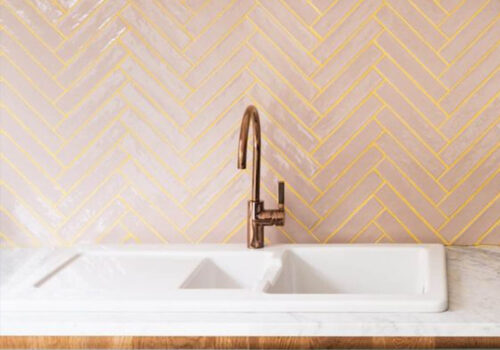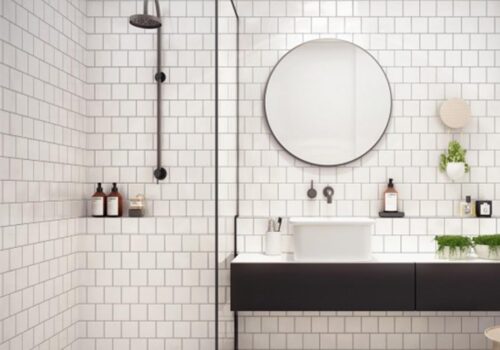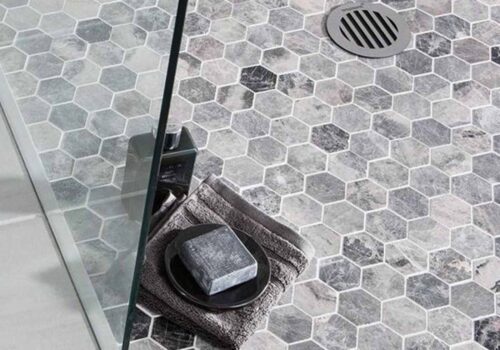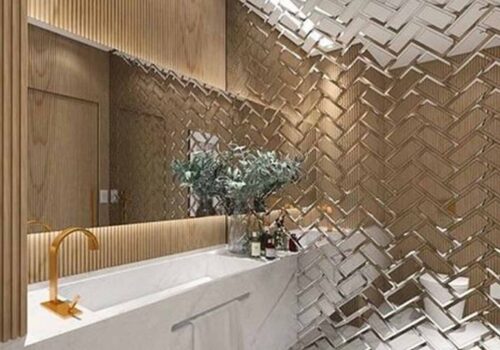Trend Edit: Bold Tile

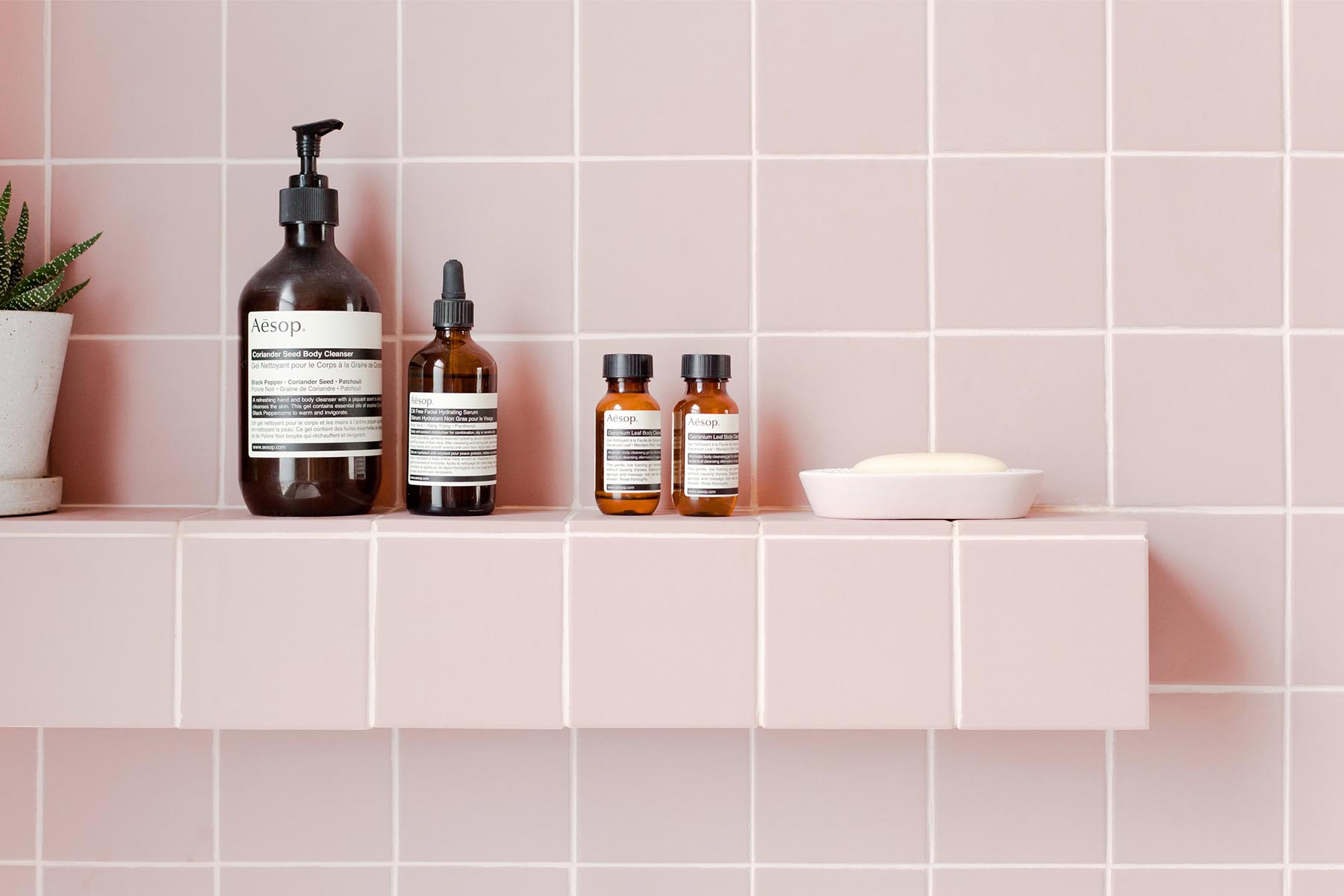
Long considered a necessary practical afterthought in terms of bathroom design, tiles have been creeping into every aspect of our homes in a variety of bold colours, textures and patterns. We’ve really been loving using tiles in a more creative way – in bathrooms, kitchens, floors and even living room feature walls and around fireplaces.
Bold Bathroom Tiles:
Tiles can be a great way to make a huge impact in a room whether it comes to the floor, shower wall or kitchen splash back. Don’t feel restricted by using one tile throughout – we’ve noticed a huge shift towards the use of many different shapes and colours in a single room. Get creative when it comes to your tiling and integrate it well within the room – think about everything: joinery, worktops, furnishings and lighting in order to get the most impact.
Still hesitant to go bold? Why not use a classic contemporary subway tile in a neutral colour, but experiment with layout. Go for herringbone or vertical brick, instead of traditional horizontal – and don’t be afraid to leave the edges unfinished, a raw-edged herringbone looks really chic behind a kitchen worktop. Grout can be another way to create a distinct and truly unique look – ditch the neutrals and go for something bold.
In terms of material, consider what your tile is to be used for: porcelain tends to be harder wearing, more waterproof and able to withstand high temperatures than ceramic or natural stone, making it an ideal choice for a bathroom floor with underfloor heating or kitchen splash back. If tiling a wet room floor, consider a mosaic tile that contrasts with shower walls, the smaller tiles allowing for more scope when creating a gradient towards the drain.
We believe clever use of tiling can totally change a room. At Pfeiffer Design, we have longstanding relationships with some of the best tile suppliers in the business and are able to work efficiently with tilers, in order to give our clients the very best value in terms of materials and labour cost. We are able to offer our expert advice and help create a tile feature tailored to each individual client, based on budget, room usage, aftercare and personal style.
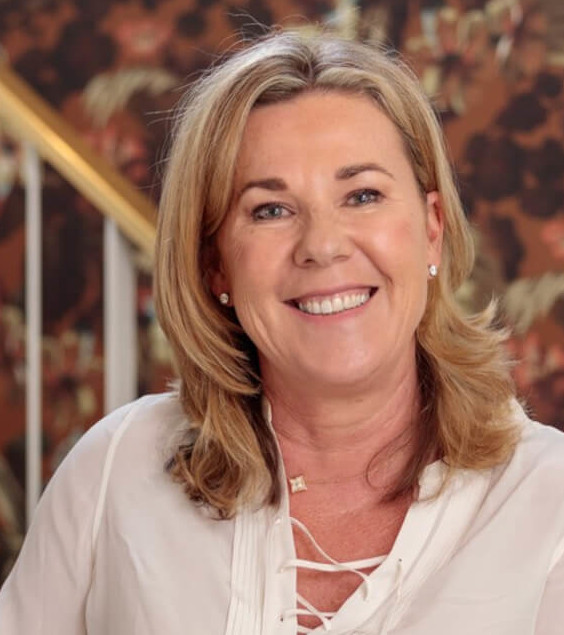
Looking for interior inspiration? Explore our recent work or contact us for a design consultation
Find InspirationRelated Stories
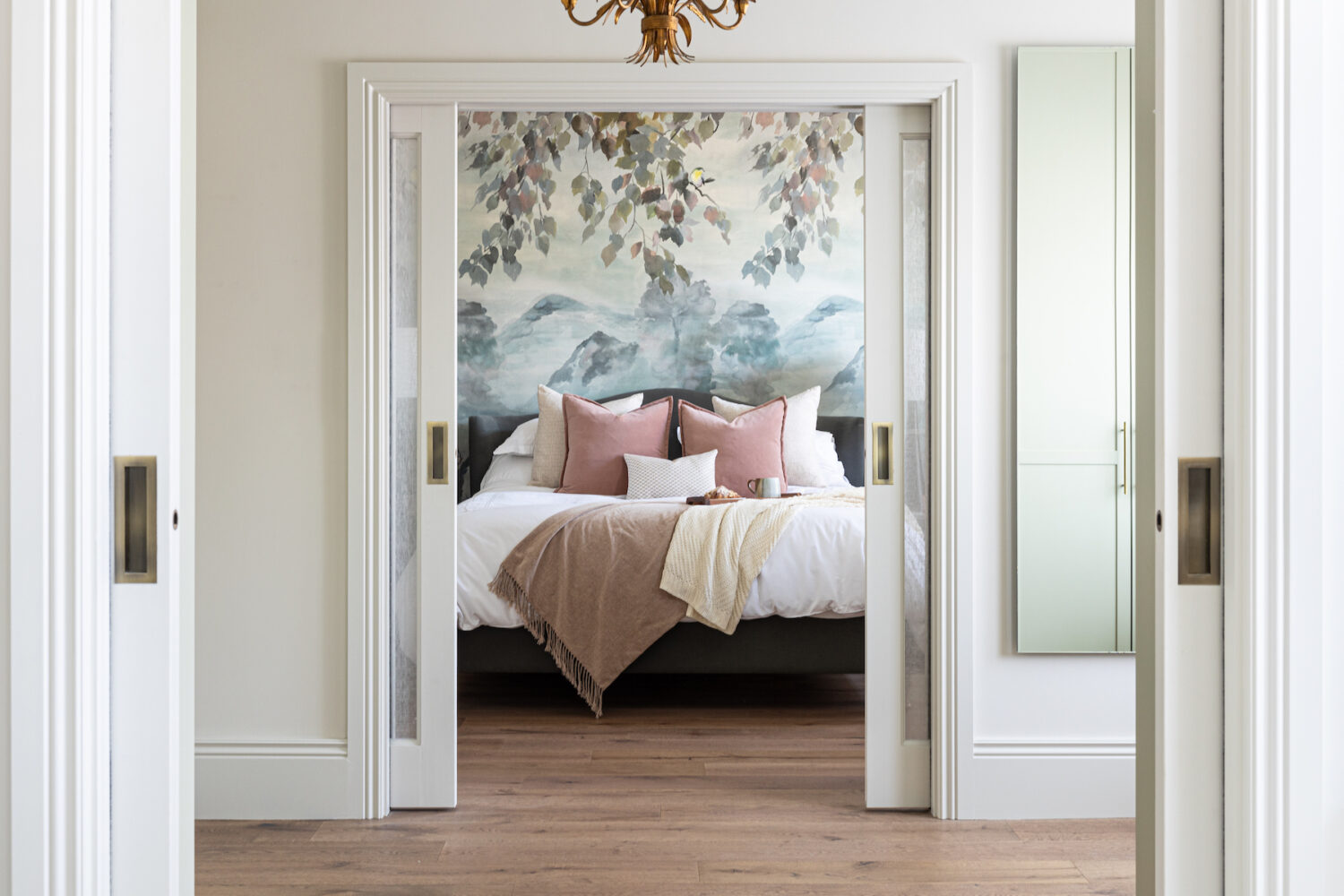
Interior Architecture VS Interior Design

9 Must See Beautiful Interiors in The Hospitality Sector
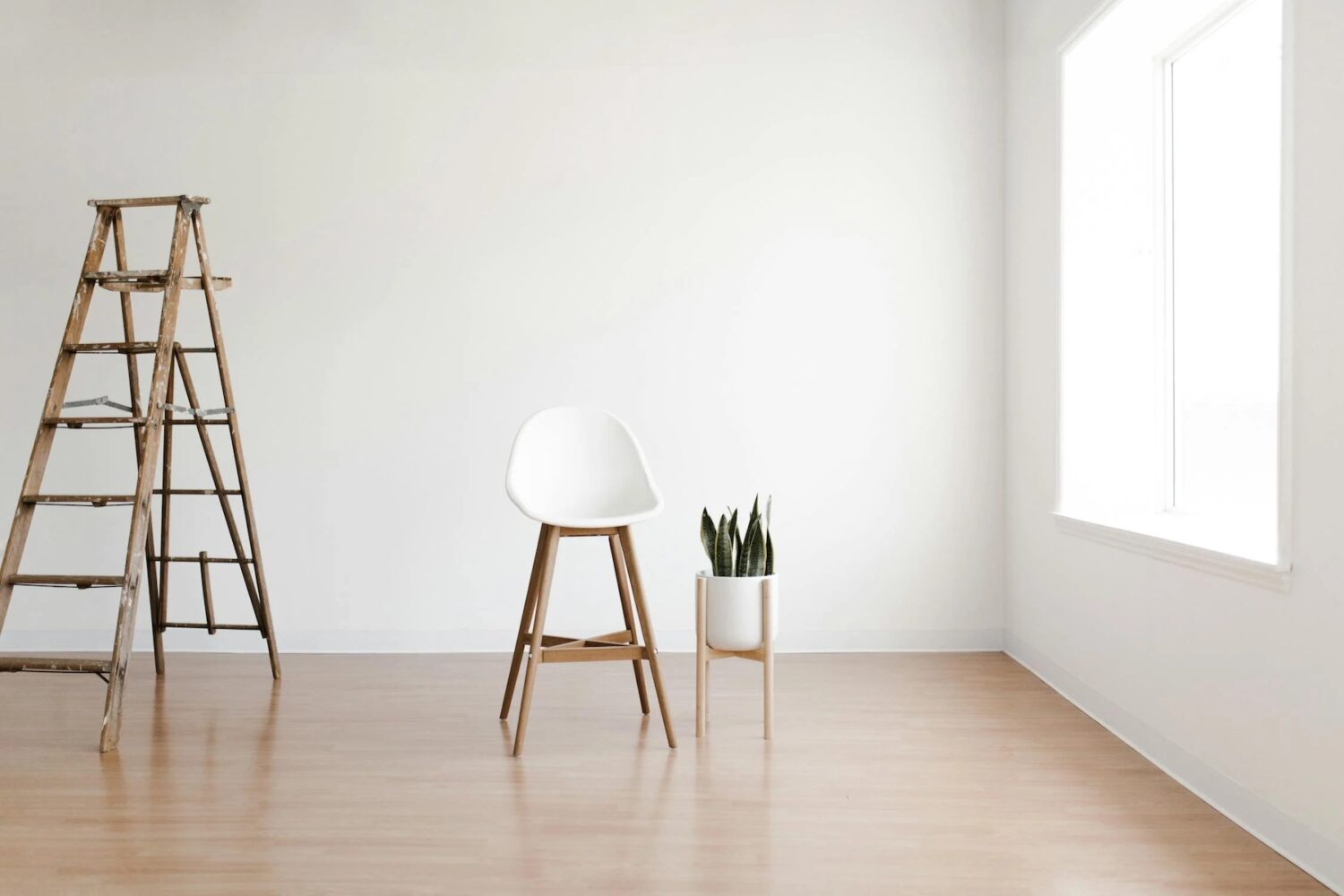
Interior Design Disasters We’re Saying Goodbye to in 2024
